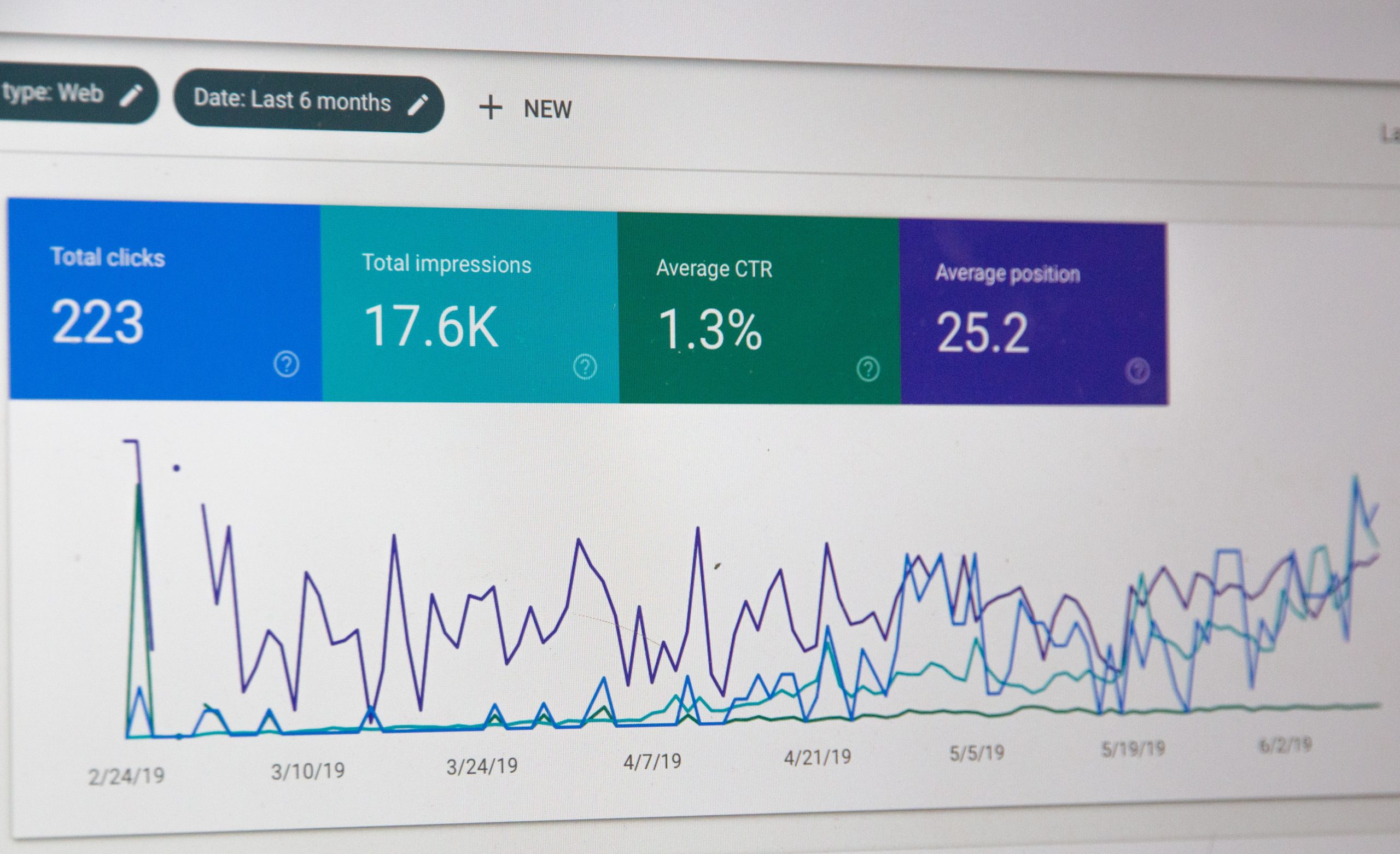Maintaining customer engagement and loyalty in an increasingly competitive market can be quite a challenging task.
It can be especially difficult for online businesses, where customers may quickly lose interest or become easily distracted by competing offerings.
To help combat this issue, many businesses turn to Google Ads remarketing campaigns.
Google Ads remarketing campaigns are a powerful tool for helping brands increase their visibility and engagement with potential customers.
Remarketing allows brands to target ads to users who have already interacted with their website, app, or other digital touchpoints in the past.
It is especially effective for re-engaging users who may be interested in making a purchase but have yet to do so.
Defining your remarketing goals is key to developing an effective and successful remarketing campaign.
When setting up a Google Ads remarketing campaign, it’s important to consider your target audience and what kind of message you want to convey.
Do you want to promote a new product or drive sales of existing products?
Are you looking to increase brand awareness or reward loyal customers?
Answering these questions will help determine the type of remarketing campaign you should set up.
Setting Up a Remarketing Campaign
Google Ads remarketing campaigns come in three main types: Standard Remarketing, Dynamic Remarketing, and Remarketing Lists for Search Ads (RLSA).
Standard Remarketing is the most basic type of remarketing campaign, which allows advertisers to show ads to users who have previously visited their site.
Advertisers have the option of excluding users who have already made a purchase so that advertisements are only shown to potential customers.
Dynamic Remarketing campaigns allow advertisers to target ads based on specific items that a user has viewed or interacted with on their website.
This type of remarketing is ideal for businesses looking to increase sales by promoting specific products to users who have already shown an interest.
Finally, Remarketing Lists for Search Ads (RLSA) allow advertisers to target ads based on searches that users have conducted in the past.
This type of campaign is perfect for businesses looking to increase their visibility and reach potential customers searching for related terms.
When setting up a Google Ads remarketing campaign, there are several important steps that must be taken in order for it to be successful.
Create an Audience List


The audience list should include visitors who have already interacted with your website in some way; whether it be page views, purchases, or downloads.
You should also identify certain characteristics of your target audience; including age, gender, location, and interests.
This data can be used to create tailored ad content and messaging that is more likely to resonate with your audience and attract previous visitors.
You can then use this list to target ads to these people when they are using Google services such as YouTube, Gmail, and the Google Display Network.
TIP: If you wish to further refine your remarketing so it accurately targets those who have had a quality interaction with your website, try excluding visitors that have bounced and visitors that have spent a few seconds on your website.
This approach will help you avoid wasting time and resources on uninterested parties and instead focus solely on those who are genuinely interested in your content.
Develop a Campaign Strategy
When building a remarketing campaign, you must select an ad format that will fuel your desired outcome; such as a video ad, or a dynamic product ad.
You should also consider the messaging used in your ad and determine which landing page users will be directed to when they click on it.
The goal is to create an ad that conveys a clear message while also providing enough information to peak user interest and encourage them to take action.
Additionally, since the targeted audience has already been exposed to your brand, it is critical that you compete aggressively with bids.
This will ensure your ad reaches the desired people and increases the chances of conversion.
Monitor the Performance of the Campaign
In order to ensure the success of the remarketing campaign, it is imperative that you monitor the performance of the ad closely so that any adjustments can be made quickly if necessary.
This can be done through tracking metrics; such as the click-through rate (CTR), conversion rate (CVR), cost per acquisition (CPA), return on investment (ROI), etc.
This will help you identify areas for improvement and ensure that maximum ROI is achieved from your available budget.
Additionally, testing audience lists, landing pages, assets, and ad formats may reveal new opportunities to increase engagement and conversion.
By routinely optimizing the campaign settings, marketers can ensure that their remarketing campaigns are as effective as possible.
Overall, setting up a successful Google Ads remarketing campaign requires careful planning and consideration across various aspects such as audience lists, ad formats, targeting methods, and monitoring performance metrics.
With careful execution and optimization over time, remarketing campaigns can deliver strong results for businesses looking to increase their Return on Ad Spend (ROAS) from their PPC marketing efforts.
By following these steps and optimizing your remarketing campaign, you can ensure that your brand remains top-of-mind for potential customers and keeps them coming back for more. By leveraging the power of Google Ads remarketing, you can make sure that your message reaches the people who matter most.
Good luck!




